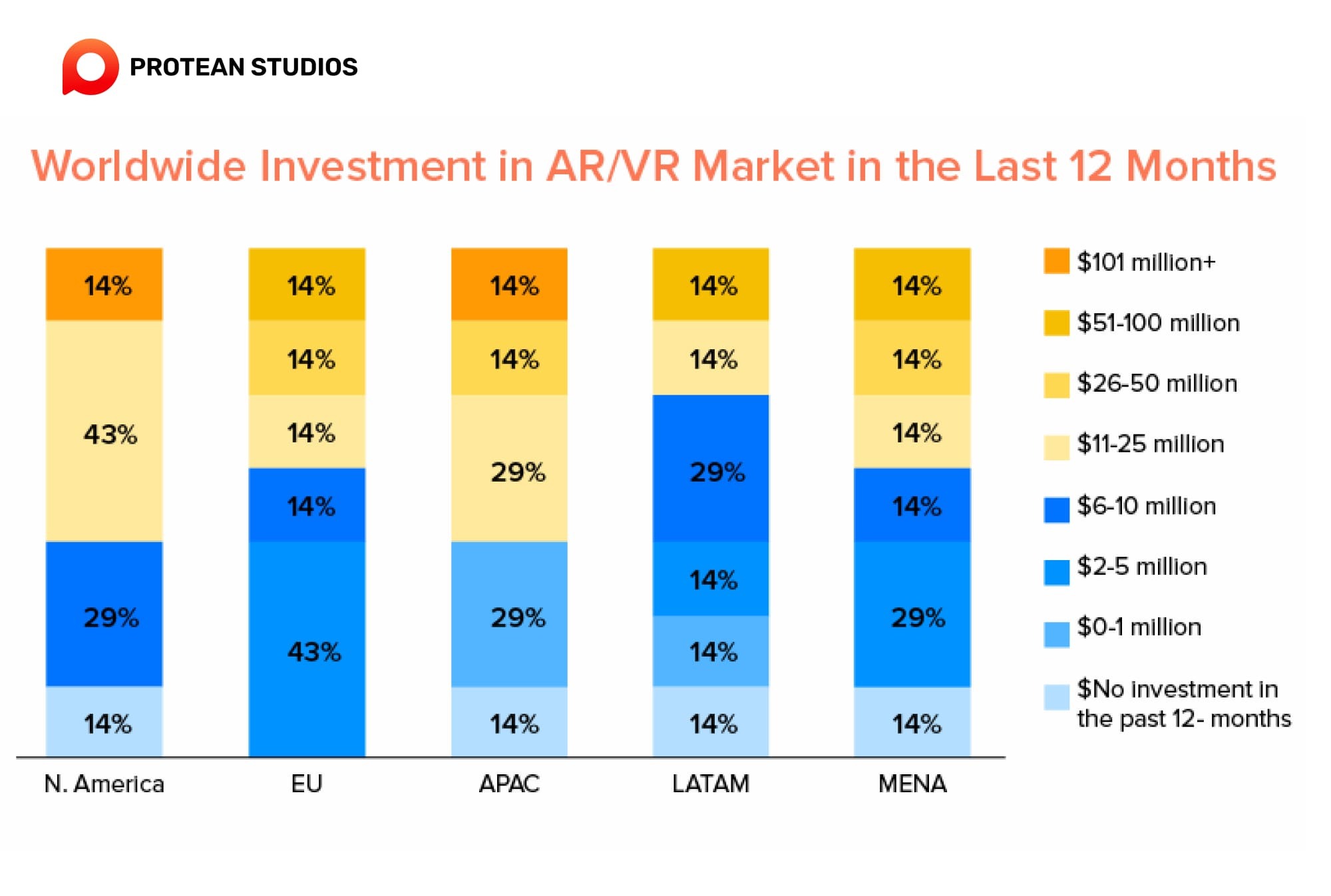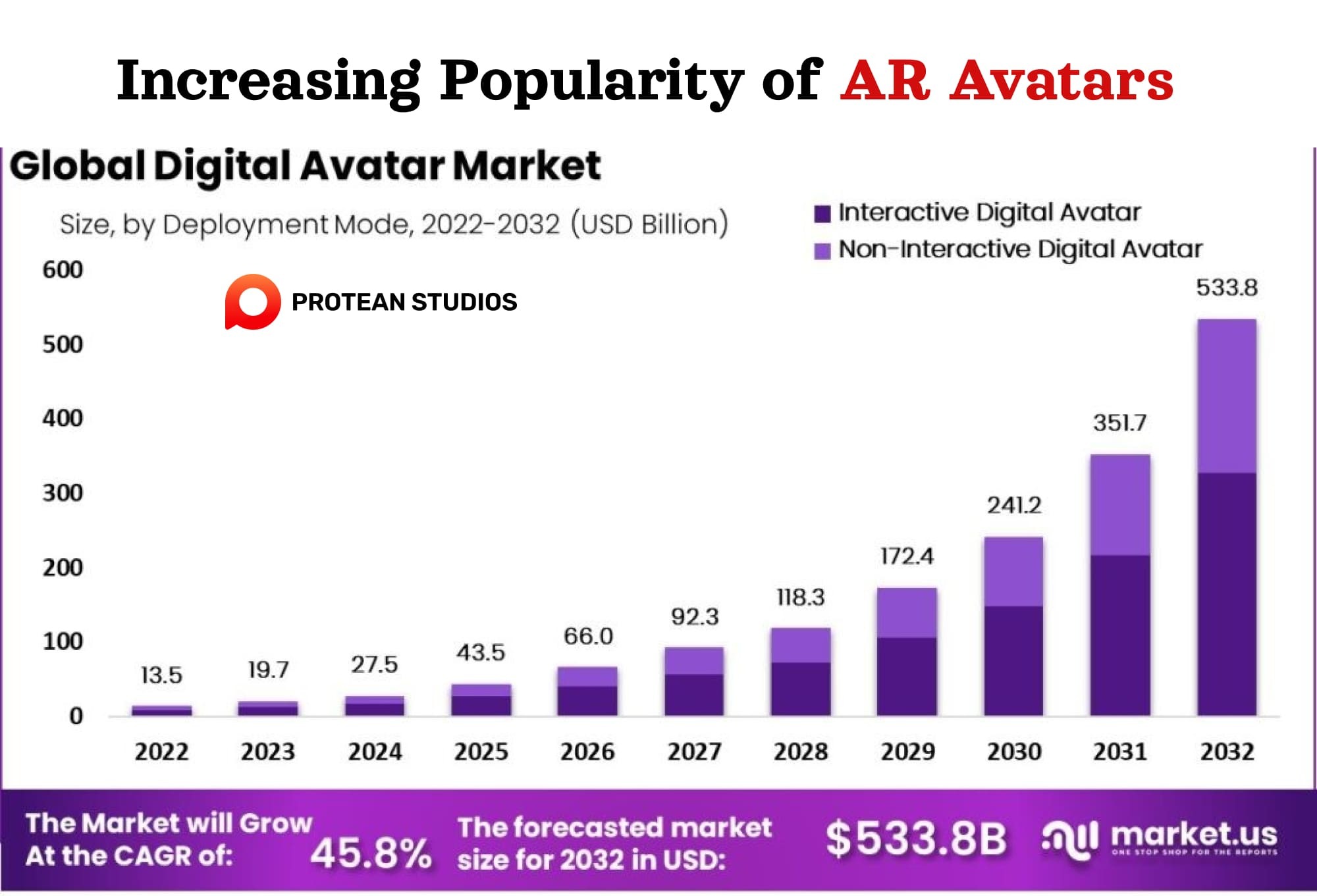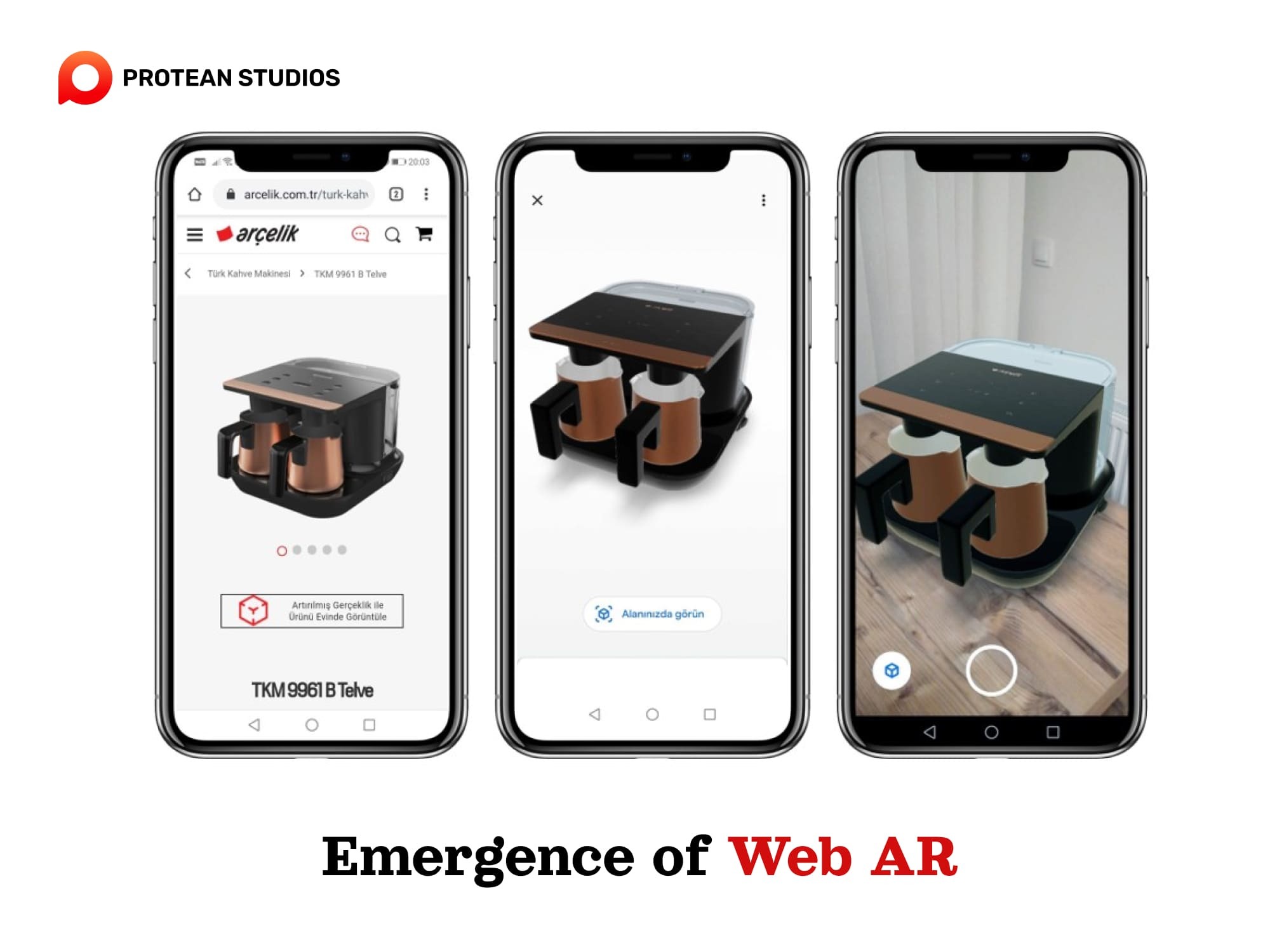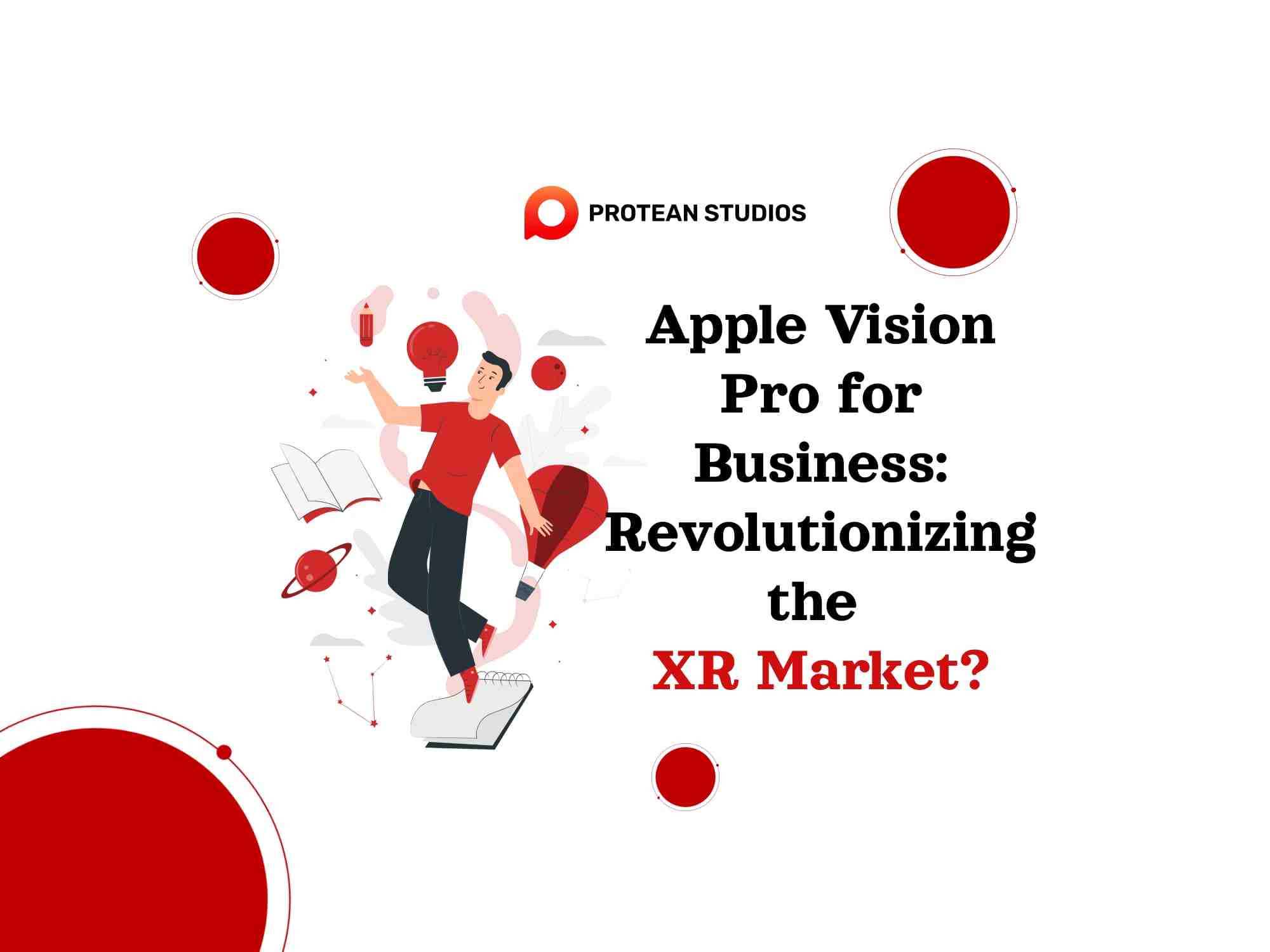In recent years, augmented reality (AR) and virtual reality (VR) technologies have evolved from niche innovations to mainstream tools with wide-ranging applications. From gaming and entertainment to education and healthcare, AR and VR are reshaping the way we interact with the digital and physical worlds. As we look towards the future, these technologies are poised to revolutionize industries and change everyday experiences.
A Comprehensive Overview of the Current AR/VR Market Scenario
Virtual reality (VR), once hardware-focused, has expanded into software, becoming a key player in gaming and entertainment. Augmented reality (AR) has gained significant interest for its business applications and potential to drive future innovation.
According to IDC predictions, the AR/VR market accounted for about 60% of global spending in 2018. This figure is expected to rise to 85% by the end of 2021, with significant contributions from the retail, transportation, manufacturing, and public sectors.
Market projections from Markets and Markets suggest that the VR market will grow from USD 6.1 billion in 2020 to USD 20.9 billion by 2025, with a compound annual growth rate (CAGR) of 27.9% during this period.

North America has been a significant investor in the AR/VR market over the past year and is expected to continue to experience rapid growth in the next five years. By 2025, North America is projected to hold a larger market share, focusing on using AR and VR technologies to enhance operational efficiency. Small and medium-sized enterprises (SMEs) are expected to increase their involvement in the AR/VR market, with a CAGR of 66.40% from 2018 to 2025.
With this overview of the current state and future prospects of the AR and VR market, let's dive into the trends and technologies set to drive its expansion.
Future Trends and Predictions in AR/VR
The realms of augmented reality (AR) and virtual reality (VR) are evolving, with new advancements and applications emerging at an unprecedented pace. As we look towards the future, several key trends are poised to shape the trajectory of these immersive technologies. Here's an exploration of what we can expect in the AR and VR landscapes.
1. Integration of AI into AR/VR Technologies
Artificial intelligence (AI) is set to revolutionize AR and VR, offering smarter, more intuitive experiences. AI algorithms can enhance image recognition, spatial awareness, and content generation, leading to more personalized and interactive environments. The fusion of AI with AR and VR holds the promise of creating self-learning systems that adapt to user behaviors and preferences.
2. Increasing Popularity of AR Avatars
AR avatars are becoming sophisticated, with lifelike features and realistic movements. The future will see a surge in their use, from social interactions and gaming to virtual try-ons in e-commerce. These digital representations will become more personalized, reflecting individual styles and preferences. Besides, businesses may adopt AR avatars for customer service or marketing purposes.

3. Equipping Vehicles with AR Capabilities
The automotive industry is embracing AR to enhance driver safety and convenience. Head-up displays will become more advanced, providing real-time information about traffic, navigation, and vehicle status. AR can also be used for augmented reality parking help, making it easier to find and park vehicles. In the longer term, we may see AR-powered windshields that display information in the driver's field of view, reducing distractions.
Read more: Unlocking The Future: Mastering AR/VR Software Development
4. Accelerated AR/VR Growth with 5G
The rollout of 5G networks will be a game-changer for AR and VR. With faster data speeds and lower latency, users can expect higher-quality visuals, smoother interactions, and the ability to stream complex AR and VR content without interruptions. This will open up new possibilities for cloud-based AR/VR applications and remote collaboration.
5. Emergence of Web AR
Web AR, which allows users to experience AR content through their web browsers, is gaining traction. This technology eliminates the need for dedicated apps, making AR more accessible to a wider audience. We can expect more businesses leveraging Web AR for marketing campaigns, product demonstrations, and interactive experiences.

6. Progress in AR/VR Display Technology
Display technology is improving, leading to more immersive and comfortable AR/VR experiences. Higher resolutions, a wider field of view, and increased pixel density will create a more realistic sense of presence. Besides, research into new display technologies, such as holographic displays, could revolutionize the industry in the coming years.
Learn more: VR (Virtual Reality) Vs. AR (Augmented Reality): Predicting Future Success
What lies ahead for augmented reality and virtual reality?
Future AR/VR devices will offer personalized, accessible, and well-designed experiences. As these technologies evolve, a shift in platforms is inevitable. Within three years, we could see new AR glasses with LTE capabilities emerging as an alternative to smartphones.
With advancements in immersive technology and AR features, the design of popular consumer electronics will transform, and we won't look back. Soon, we might be using AR technology to check our messages and smart glasses to browse Instagram.
For more insights, explore the applications and benefits of VR and wearables in the healthcare industry and the use cases and benefits of the metaverse for modern businesses. As the AR and VR landscape evolves, businesses are preparing for this change and seeking top AR and VR companies in the USA to enhance their growth.
Also read: AR Vs VR: What's Next For The Future?
The future of AR and VR is brimming with possibilities. By understanding the current trends and anticipating future developments, businesses and individuals can position themselves to capitalize on these transformative technologies. As AR and VR continue to mature, we can expect to see even more groundbreaking applications that will reshape our world.




